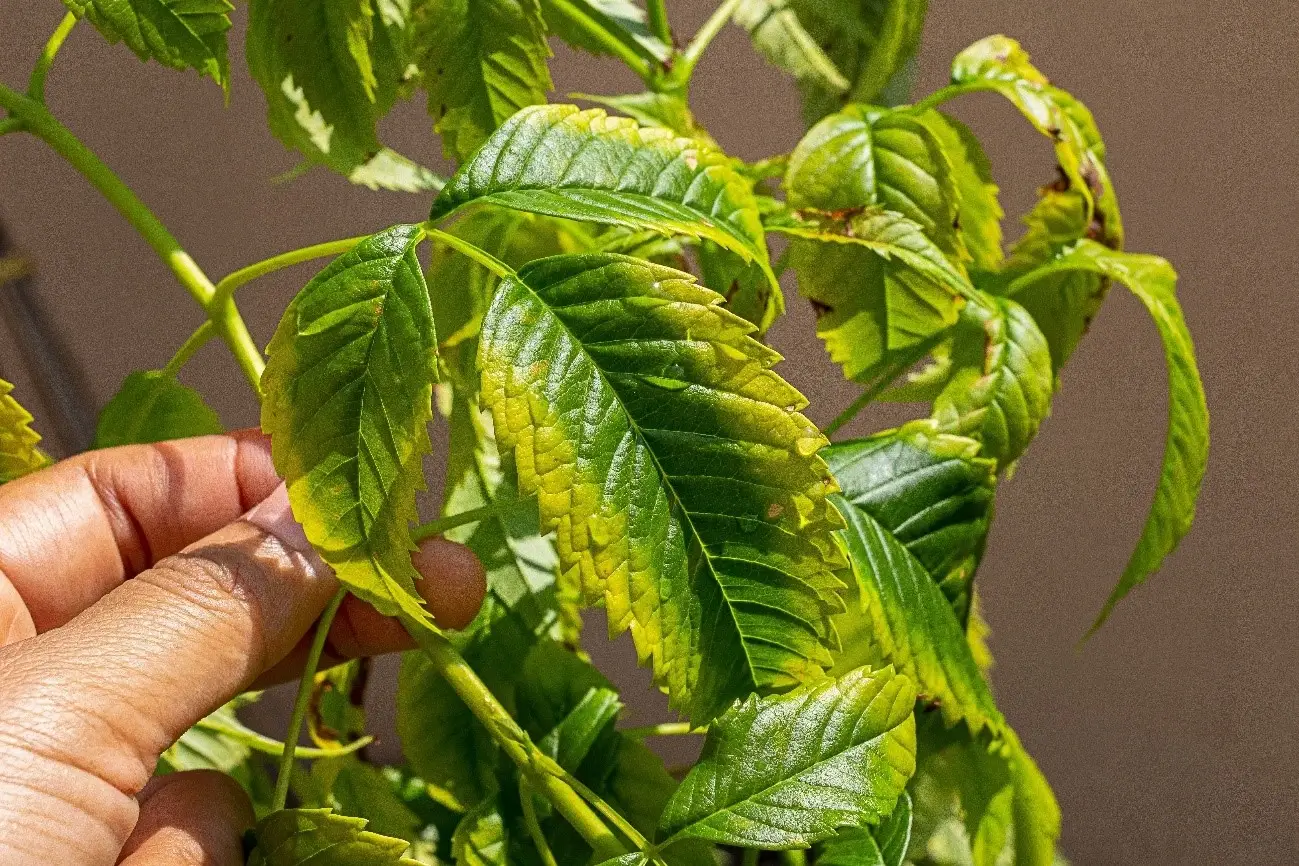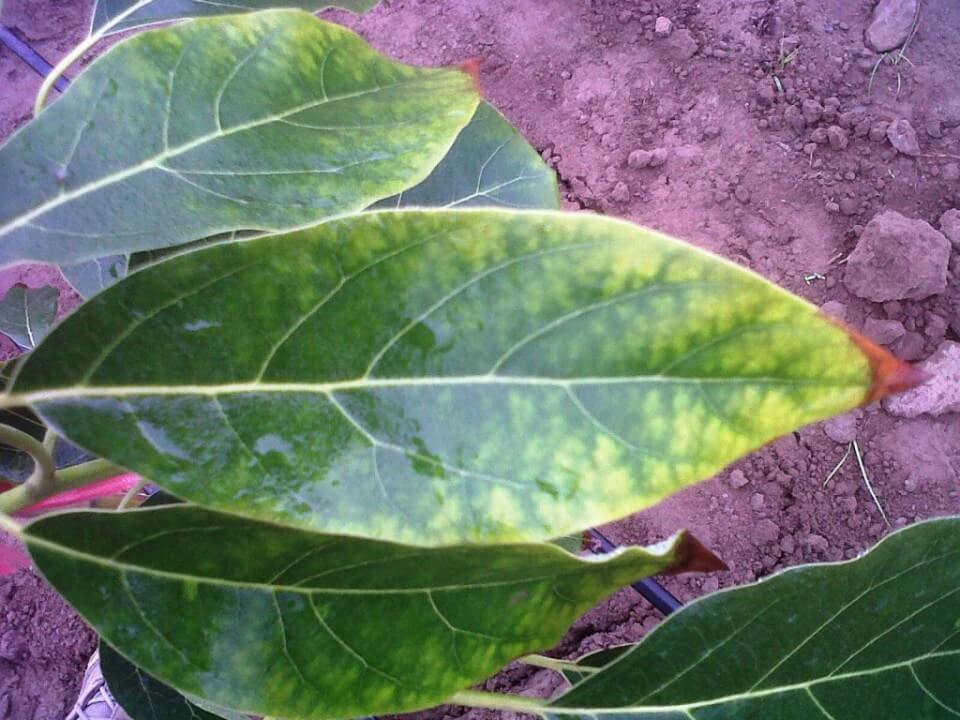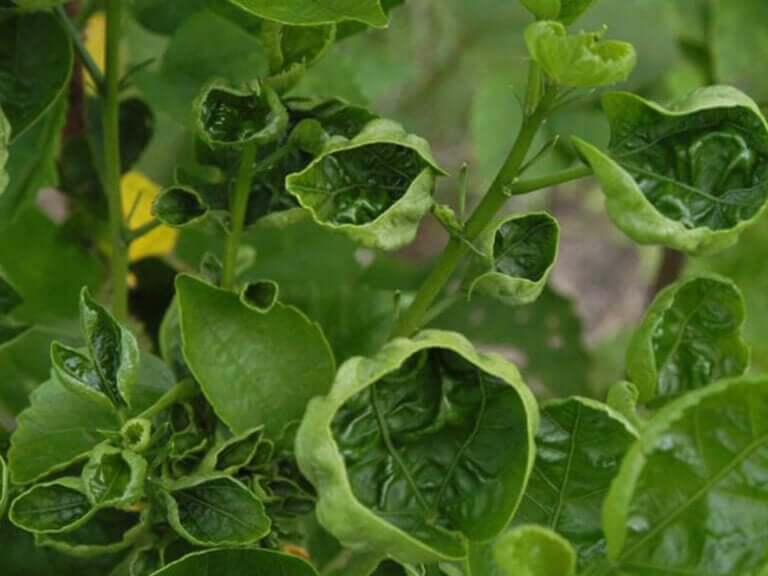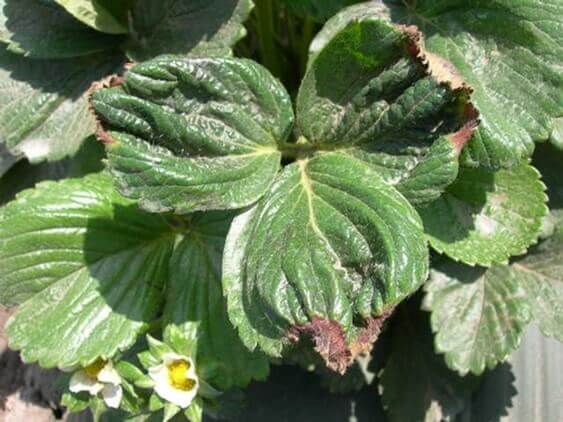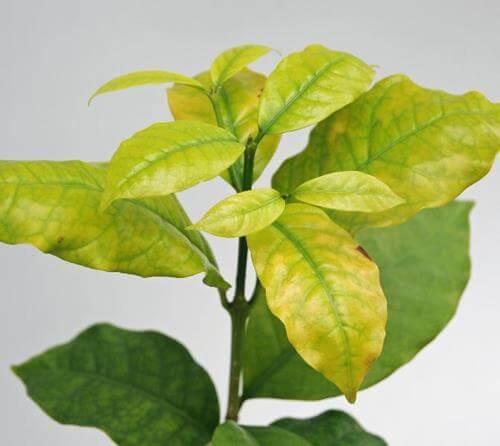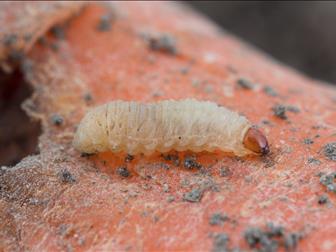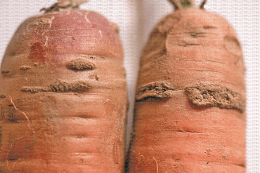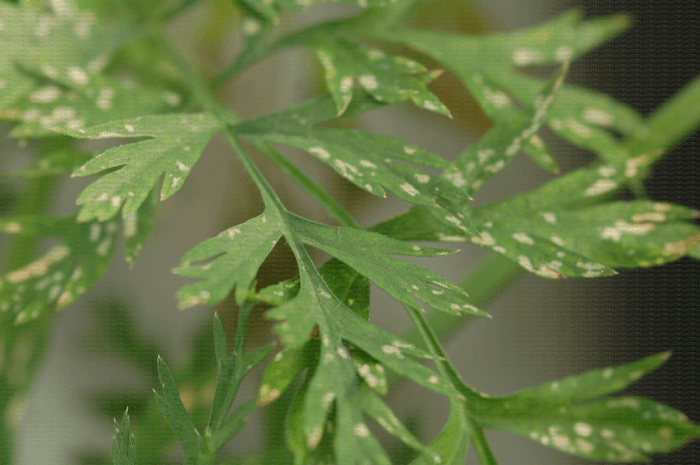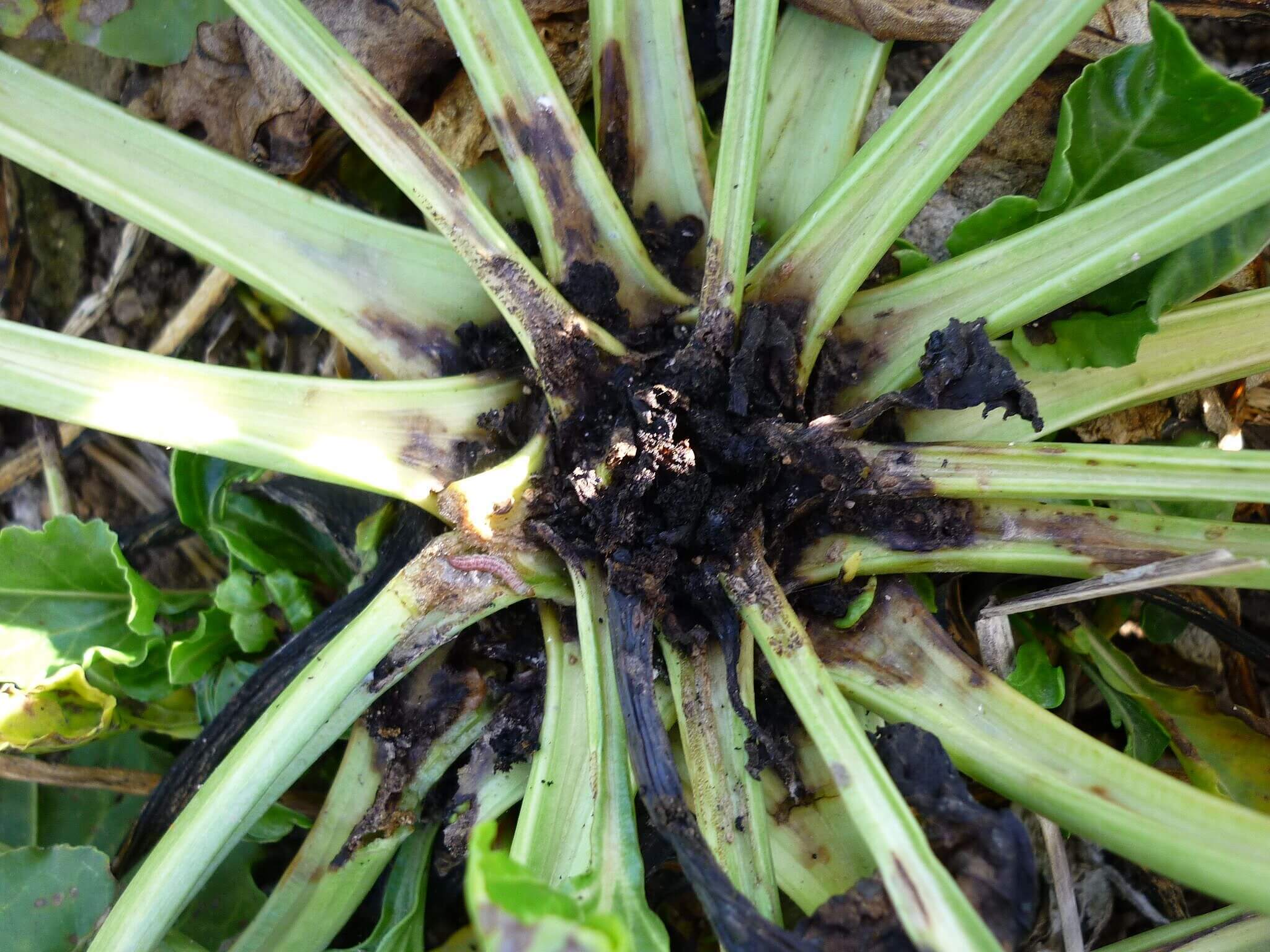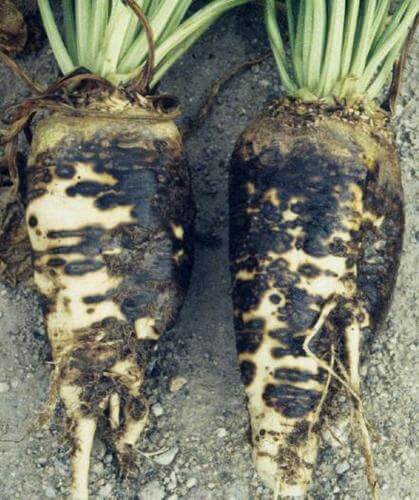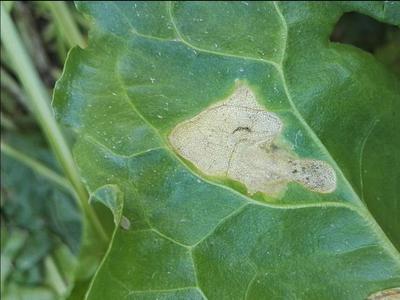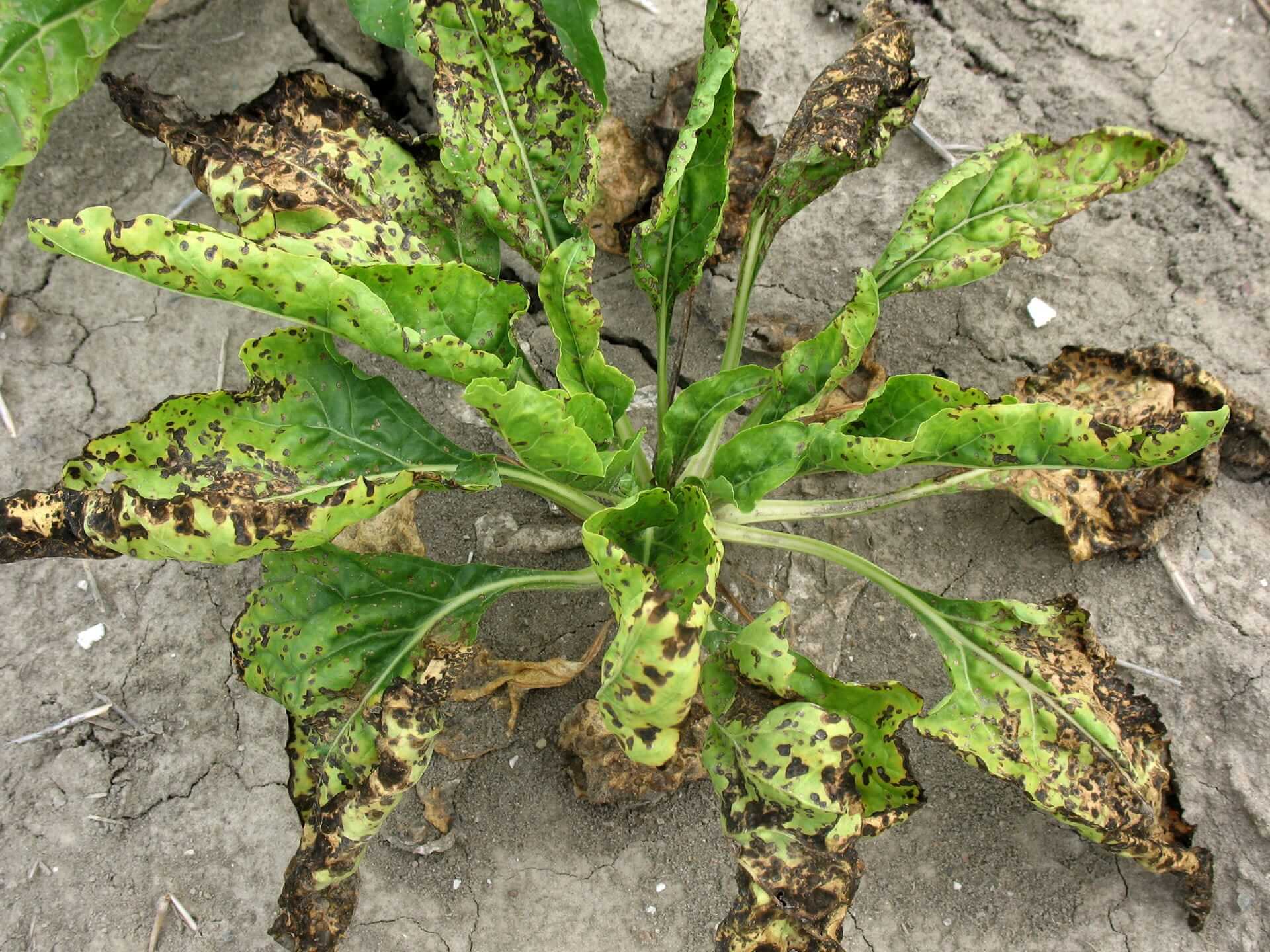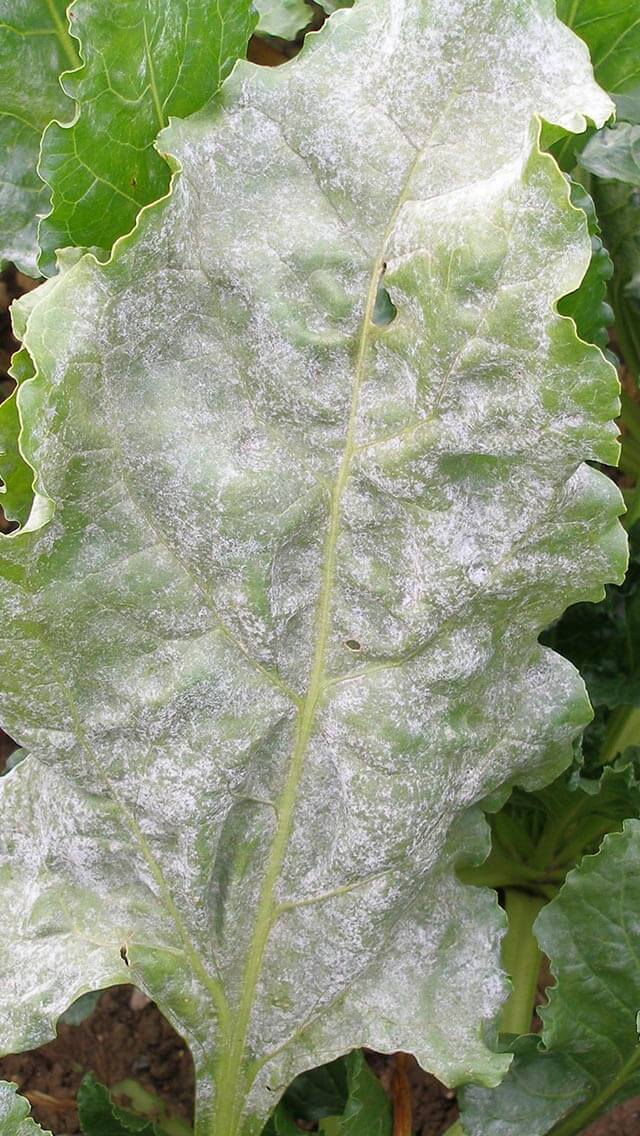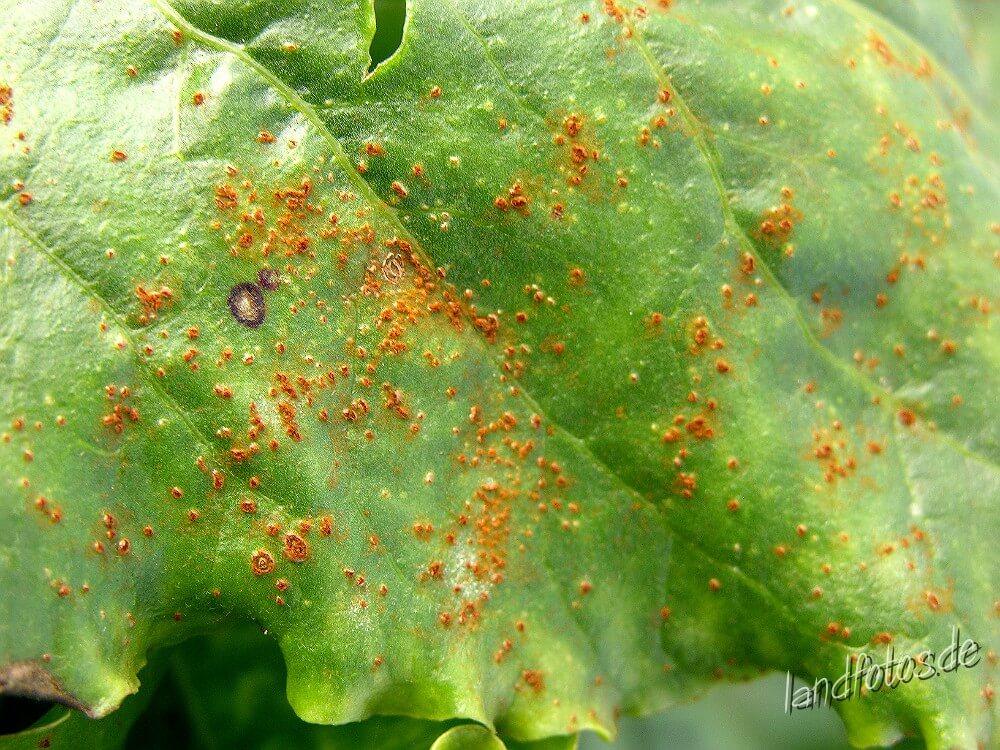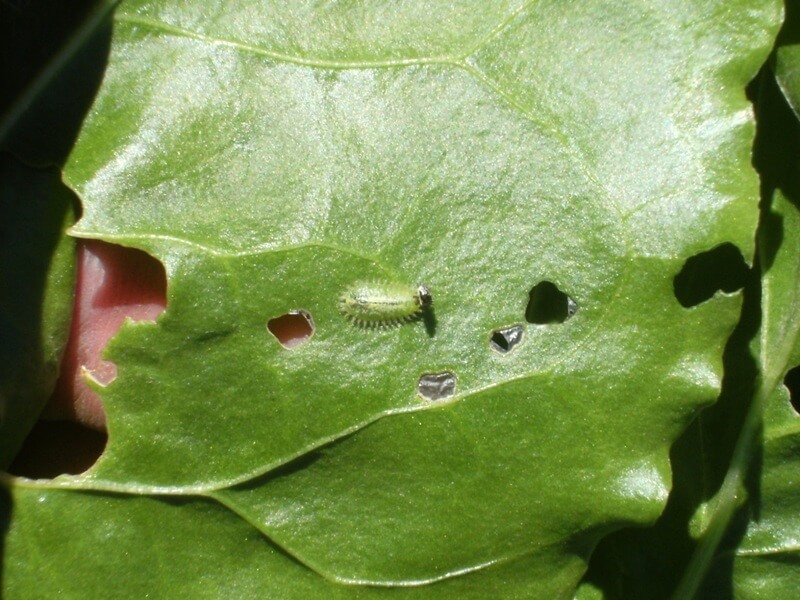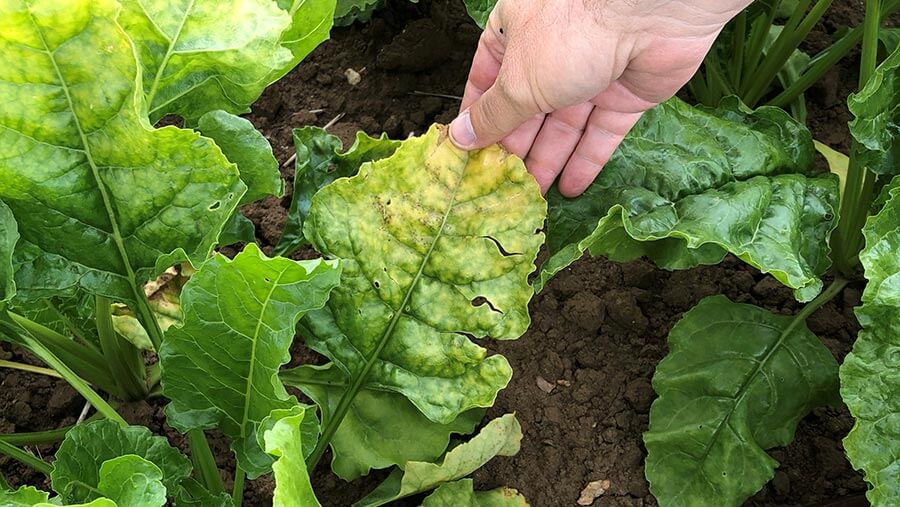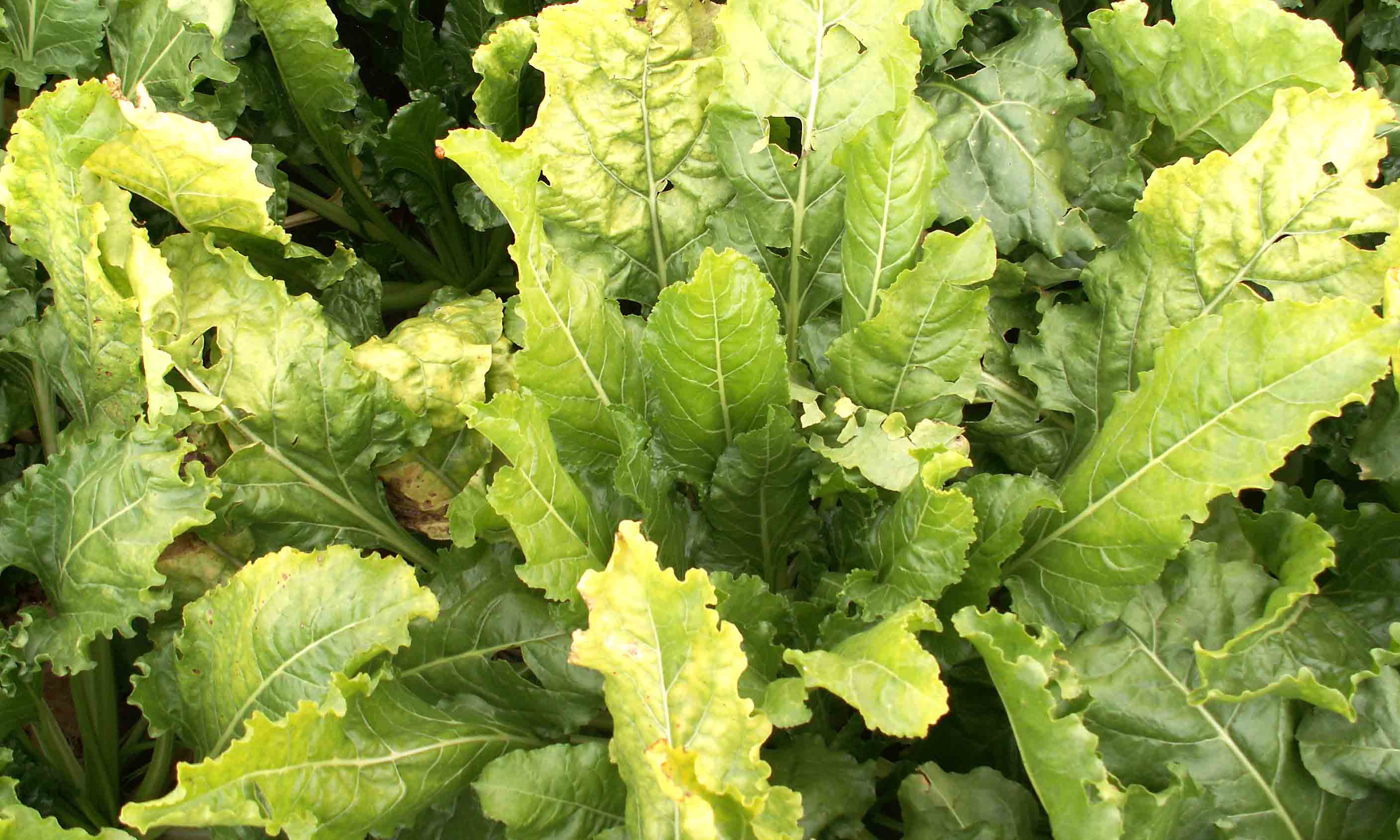
Remolacha de mesa
How to recognize and combat gray worms in beets
Gray Worms
Insect
Type:
Risk to the plant:
HIGH
Agrotis Ssp.
Pathogen:
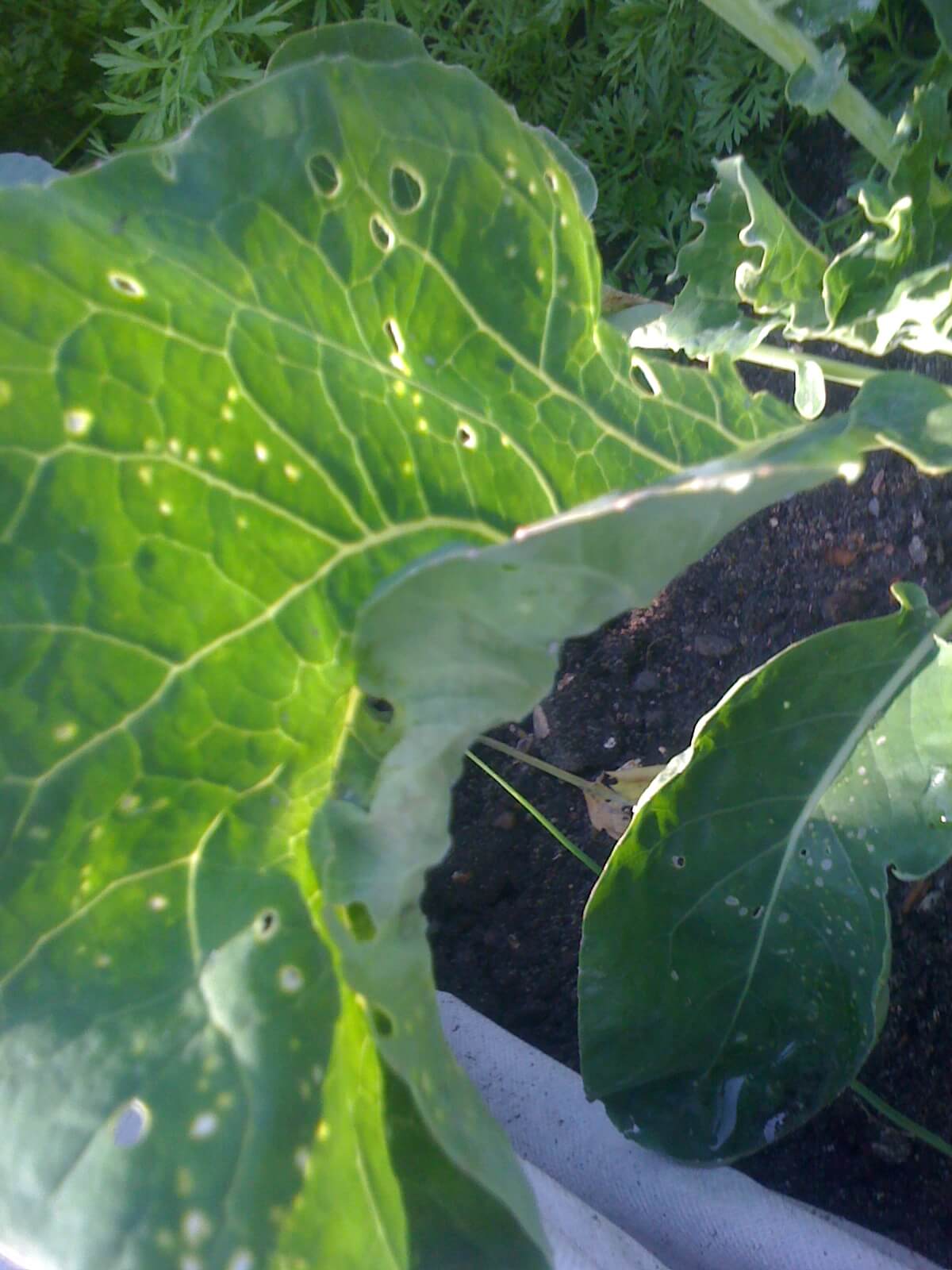
Orugas o gusanos
WHO CAUSES IT?
Agrotis ssp., commonly known as gray worms, are larvae of nocturnal moths belonging to the family Noctuidae. These moths lay their eggs in the ground, usually in areas with dense vegetation. The larvae emerge and begin feeding on the surrounding plant matter. They go through several larval stages, during which their size increases significantly. During the day, these larvae hide in the soil, emerging at night to feed on nearby plants. Once they complete their larval development, the larvae burrow into the soil to pupate and eventually emerge as adults. The adults mate and the cycle begins again. Adult moths are primarily nocturnal and are attracted to lights. Its life cycle and nocturnal feeding behavior make the control of Agrotis ssp. be a significant challenge for farmers.
SYMPTOMS
Infestation by Agrotis ssp. In beets it produces the disease known as gray worms, which mainly affects young plants. These worms feed on roots and stems at ground level, causing significant damage that can result in the death of affected plants. The presence of these worms results in a weakening of the plants, reduced growth and decreased beet production.
- Withered and yellowed leaves.
- Young plants cut at ground level.
- Visible damage to the roots and neck of the plant.
- Reduction in plant vigor.
- Death of seedlings.


DEVELOPMENT CONDITIONS
Temperature:
15-30 °C
Humidity:
60-80 %
HOW IS IT SPREAD?
Movement of contaminated soil, dispersal of adult moths, infected planting material
HOW TO ELIMINATE IT?
Home treatments
There are no home treatments
Natural allies
Chemical treatments
There are no treatments for this disease. Treatments are directed at the insect vectors that transmit it. See insect treatments.
RECOMMENDED PRODUCTS TO ELIMINATE THE PEST
Sponsored link
Sponsored link
Sponsored link
Sponsored link
Sponsored link
Sponsored link
Sponsored link
Effective against all types of fungi
Sponsored link
Sponsored link
Sponsored link
Sponsored link
Sponsored link
REPELLENT PLANTS
-
RECOMMENDATIONS
























